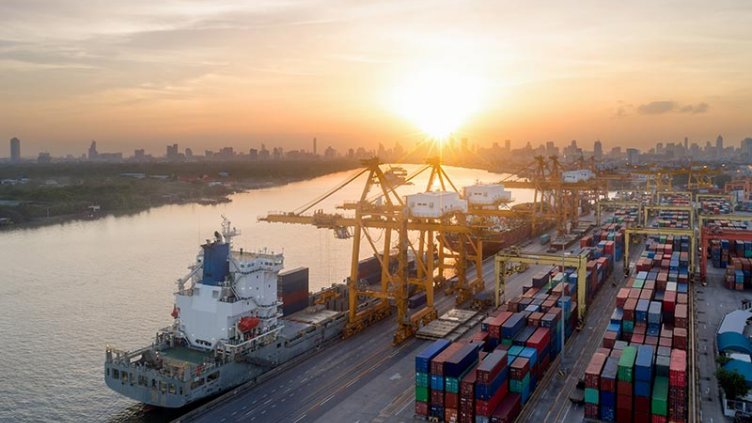Japan's green buildings may face stranding risk
Japanese offices with current green building certifications may still become stranded assets due to lenient energy standards.
Green building certifications are attracting increasing attention, partly due to the need to accelerate CO2 emissions reduction in the real estate sector, which contributes approximately one-third of Japan's total CO2 emissions. Large office buildings have witnessed a significant increase in green building certifications in recent years, with 65% of buildings in Tokyo, 42% in Osaka, and 27% in Fukuoka having some kind of certification as of the end of 2024.
Analysis of adoption rates by certification system reveals that DBJ-GB (DBJ Green Building) is the predominant certification in Tokyo, actively promoted by major developers, while CASBEE-RE (CASBEE for Real Estate) holds the largest share in Osaka and Fukuoka. However, the adoption of more stringent certification systems remains limited across Japan, according to JLL Japan’s latest report on sustainability of real estate. Only 3% of buildings in Tokyo and Fukuoka, and none in Osaka, have acquired LEED certification (internationally recognised but challenging to obtain) or the highest rank (S) of CASBEE-BD (CASBEE for Buildings) (the most rigorous domestic system).
Figure 1: Large office buildings with green building certification (based on the number of buildings)
Source: JLL Japan Research, April 2025
A study by JLL Japan Energy & Sustainability Services has revealed that some properties with the highest rank (S) in the CASBEE-RE are either currently classified as stranded assets by the Carbon Risk Real Estate Monitor (CRREM) Pathway or are projected to become so within the next few years[1]. Stranded assets are properties that will be increasingly exposed to the risk of early economic obsolescence due to climate change because they will not meet (potential) future regulatory efficiency standards or market expectations.
This finding underscores a crucial consideration: while green building certification systems assess comprehensive environmental performance, not all systems are equally stringent. Consequently, even properties with the highest rating under a local green certification system with comparatively lenient energy performance criteria may still be inadequate to achieve sufficient CO2 emissions reduction to meet the Paris Agreement targets.
Figure 2: Green building certification systems widely used in Japan
Source: JLL Japan Research, April 2025
Given these considerations, stakeholders should strategically decarbonise and improve the environmental performance of office buildings in Japan. Ideally, they should aim for LEED certification, as it continuously strengthens its evaluation standards, particularly regarding energy efficiency and greenhouse gas emissions reduction. At a minimum, if LEED certification is not feasible, they should strive for high rankings in energy performance certifications to complement local green building certifications. This comprehensive strategy would position Japanese office buildings more favourably in the global sustainable real estate market, potentially mitigating future risks from stranded assets and regulatory compliance.
Note: Large office buildings here are defined as leasable office buildings located in the CBDs of Tokyo, Osaka, and Fukuoka, completed in or after 1990. These buildings have a total floor area of 30,000 sqm or more in Tokyo, or 15,000 sqm or more in Osaka and Fukuoka.
[1] CRREM is the leading global initiative for establishing targets for operational carbon emissions for standing real estate investments consistent with the ambitions of the Paris agreement.



